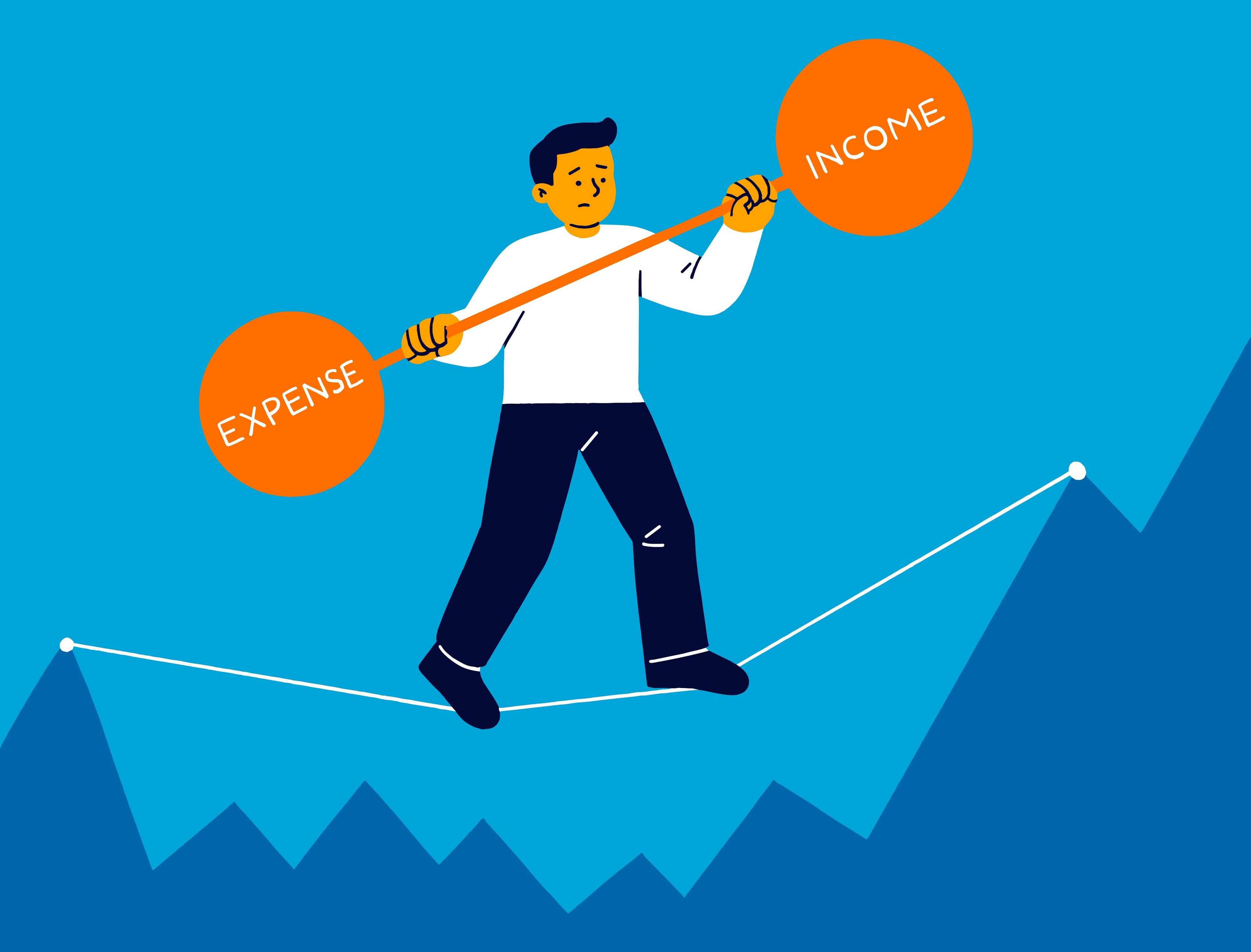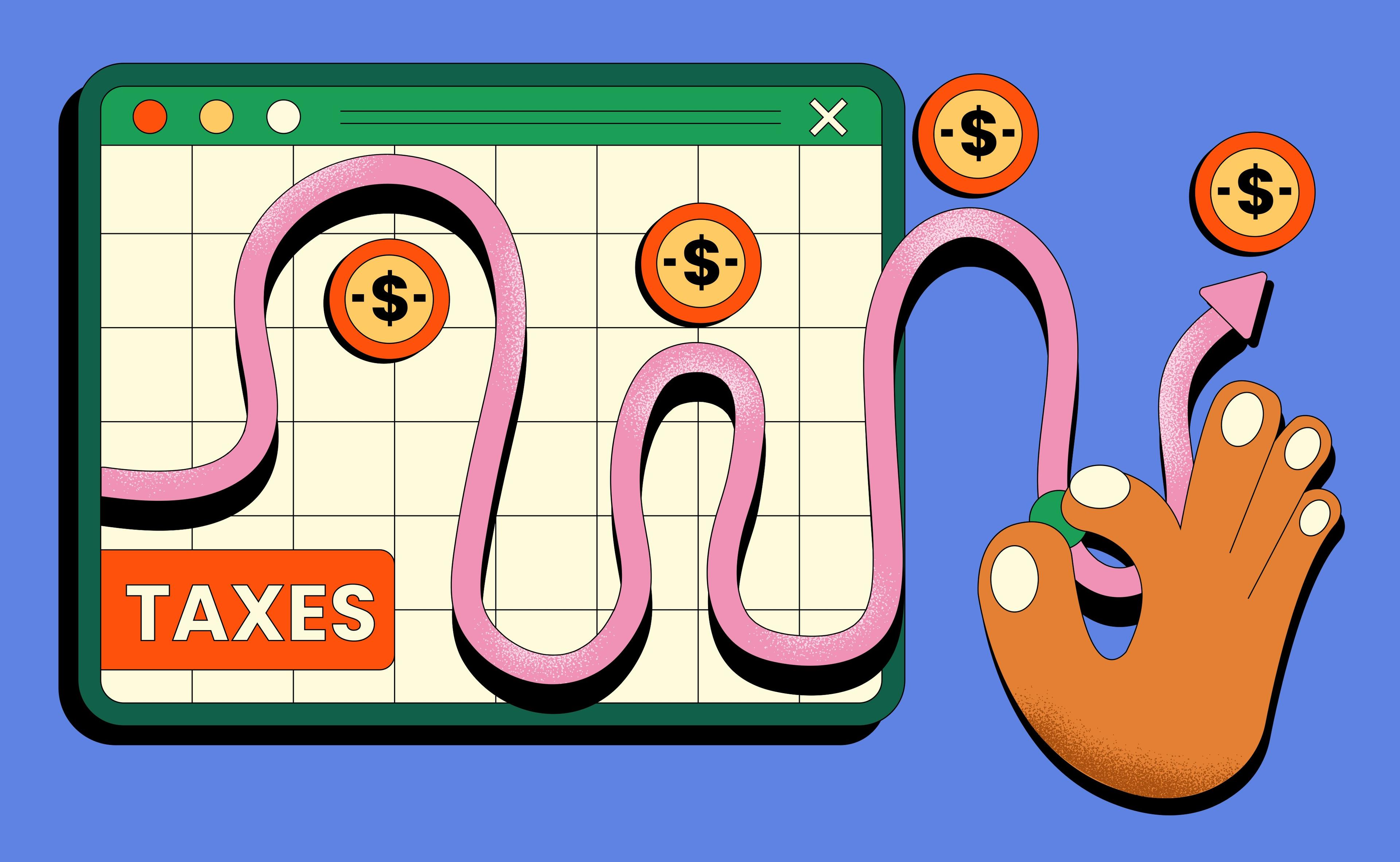Interest rates can feel mysterious until you realise they are simply a price tag that the financial system attaches to your risk as a borrower. Many people only notice this when they compare offers with someone else. Two friends can apply for the same loan from the same bank at the same time and discover that one of them receives a noticeably lower rate. On the surface everything looks similar. They are both working adults with regular income and responsibilities, yet the cost of borrowing is not the same. The main difference is usually not luck or favoritism. It is the way their credit scores describe them to the lender.
A credit score functions as a compressed summary of your borrowing history. It does not capture every detail of your life, but it tells lenders what they care about most. It reflects whether you have paid past loans and credit cards on time, whether you tend to max out your limits or keep balances under control, how long you have been using credit, and how often you have applied for new facilities. A high score tells a comforting story. It signals that you are less likely to miss payments or default. A low score suggests that there is a higher chance of late payments, restructuring, or non repayment. To the lender, that difference is not emotional. It is financial.
Every loan that a lender approves can only end in a few ways. Some customers will pay on time for the full term. Some will pay late or occasionally miss instalments. Some will eventually stop paying and force the lender to spend money on reminders, collections, legal processes, or write offs. If too many borrowers fall into the more problematic categories, the lender loses money. To stay profitable, they must price each loan in a way that covers expected losses from borrowers with similar profiles. The credit score is one of the most convenient tools for doing this. A high score allows the lender to charge a lower interest rate because the probability of loss is smaller. A low score pushes the rate higher to compensate for the additional risk.
To manage this at scale, lenders typically do not customise rates from scratch for each applicant. They group borrowers into broad risk bands and attach interest rate ranges to each band. Labels differ across countries and credit bureaus, but the pattern is familiar. At the top end are excellent or super prime borrowers. Below them are good or prime customers. The middle is filled with fair or near prime profiles, and at the lower end sit poor or subprime customers. Those in the top tier usually show long histories of punctual payments, low utilisation, and few negative events. Lenders compete more actively for this group because the risk is low, so offers tend to feature lower interest rates and better perks. Those in the middle still qualify for credit, but their rates are less generous. Those at the bottom carry more red flags, so their loans are priced more expensively, if they are approved at all.
On paper, the difference between these bands might appear as a few percentage points. In reality, that small numerical gap can translate into hundreds or thousands in additional interest over the life of a loan. When someone with a stronger profile pays significantly less to borrow the same amount for the same tenure, it is a direct illustration of how a higher credit score buys cheaper money. This is why personal finance educators often describe the credit score as a financial asset in its own right. It does not put cash in your hand, but it changes the price of almost every borrowing decision you make.
The effect of your credit score on interest rates appears in different ways across various products. For unsecured personal loans, the spread between high and low score borrowers is often wide. Since there is no collateral, the lender relies heavily on your score and other credit data to estimate risk. A borrower with a strong profile might receive a relatively low rate for a multi year loan, while someone with weaker credit could be charged almost double for the same sum. With auto loans, the car itself serves as collateral, which helps keep average rates lower, but the score still matters. A better score can unlock longer tenures or smaller monthly payments through lower interest. A weaker score may lead to stricter conditions, higher rates, or the need to seek financing from non bank providers who charge more.
Credit cards present a slightly different picture. The headline interest rate on card balances often looks similar for many customers, but the underlying treatment is not identical. Your score influences your approved limit, your eligibility for premium cards, and your access to promotional rates for balance transfers or instalment plans. Banks tend to reserve their most attractive offers for customers they view as low risk. Even in buy now pay later arrangements and short term instalment apps, some form of internal scoring is always present. Pay late often enough and your limits may shrink or your approvals may disappear, even if the app does not explicitly talk about traditional credit scores. The underlying idea is the same. Your recent behaviour shapes how expensive it is for you to access future credit.
An interesting complication is that the same credit score does not guarantee identical interest rates across all lenders. Someone may apply to three institutions with a similar profile and receive three very different offers. This happens because each lender has its own appetite for risk and its own business strategy. Your credit score is one factor among several. Income level, job stability, existing debt commitments, the specific product requested, and the lender’s current growth or risk targets all influence the final rate. One bank may be pushing aggressively for market share and will accept slightly lower margins for customers in certain bands. Another may be tightening after a period of higher defaults and is less willing to offer low rates. Shopping around is therefore not just a chore. It is a practical way to see how different institutions interpret the same credit data.
The true cost of a slightly higher rate is easy to underestimate. When you read a loan approval letter, a difference of one or two percentage points feels small. Yet over a long tenure, that small difference compounds into a meaningful amount of extra interest. If you repeat that pattern across personal loans, car loans, and credit card balances over ten or fifteen years, you may end up paying the equivalent of many months of income just in additional interest, all because your profile remained in a weaker tier than it needed to be. This is the quiet leak that affects many middle class borrowers who consider themselves responsible but have never consciously managed their credit profile.
The encouraging part is that credit scores respond to behaviour in a structured way. They are built on formulas, not feelings. Certain habits consistently help over time. The most important is paying every account on time. Even in difficult months, making at least the minimum payment by the due date protects you from the harshest negative marks. One late payment will not destroy your score, but a pattern of lateness will pull you into a more expensive risk group. Keeping your credit utilisation moderate is another key factor. Regularly maxing out cards suggests that you are under financial strain, while maintaining balances well below your limits indicates breathing room. The age of your accounts also matters. Adopting a habit of closing old cards without thought can shorten your credit history and remove evidence of long term good behaviour.
Multiple applications in a short period can also drag your score temporarily lower. When several lenders run checks on you in quick succession, it can look as if you are scrambling for credit. That perception raises risk in the models and can lead to weaker offers. Being selective about where and when you apply is part of protecting your profile. None of these actions will transform your score overnight, but across twelve to twenty four months they can lift you from a mid tier band into a stronger one. That shift is exactly what helps interest rates move in your favour.
Modern fintech tools make it easier than ever to observe these dynamics. Many banking apps and credit monitoring platforms now show you your score or a version of it, along with explanations such as high utilisation or recent late payments. Used wisely, these insights are valuable. They are essentially a translation of what the system wants from you in order to reward you with lower rates in the future. The risk lies in the other side of the same apps, where pre approved limits, instant instalment plans, and frictionless checkouts can tempt you into stacking too many obligations. Treating your score as something to optimise for a high number, rather than as a reflection of sustainable behaviour, can backfire if you take on more credit than you can comfortably manage.
For those who are already starting from a low score, the picture is tougher but not hopeless. Negative marks such as missed payments, collections, or charge offs can remain visible for years, but their impact fades if your recent history looks much cleaner. Lenders pay close attention to what you have been doing in the last year or two. A practical approach is to stabilise first by preventing new damage, for example by arranging automatic minimum payments and speaking with lenders about restructuring if necessary. Once accounts are no longer spiralling, gradual repayment of outstanding balances and consistent on time behaviour slowly rebuilds trust in the system. You might move from a very high risk bracket to a medium one, which already reduces the rates you face.
Seen in this light, a credit score stops looking like a permanent label and starts to resemble a tool. It is not a statement about your worth as a person. It is a shorthand used by financial institutions to guess how risky it is to lend to you and to decide what price makes sense for that risk. When you understand how that shorthand is constructed, you can work with it rather than feel punished by it. You begin to recognise that every late payment is not just an isolated mistake, but a signal that might raise the cost of your next loan. You see that keeping utilisation under control and avoiding unnecessary applications is not merely tidy behaviour, but deliberate work to secure cheaper borrowing in the future.
The connection between credit scores and interest rates is therefore not random. It is systematic. High scores unlock lower rates because they represent lower risk. Low scores trigger higher rates because they represent higher risk. Between those extremes lies a wide range of outcomes that depend on your habits and choices over time. By treating your credit profile as a long term project, you can shift yourself into bands where money costs less. The same bank that once offered you expensive terms may later offer you friendlier rates once your profile improves. When that happens, your credit score becomes more than a number on a report. It becomes an active lever that helps you keep more of your income instead of losing it quietly to interest charges.














